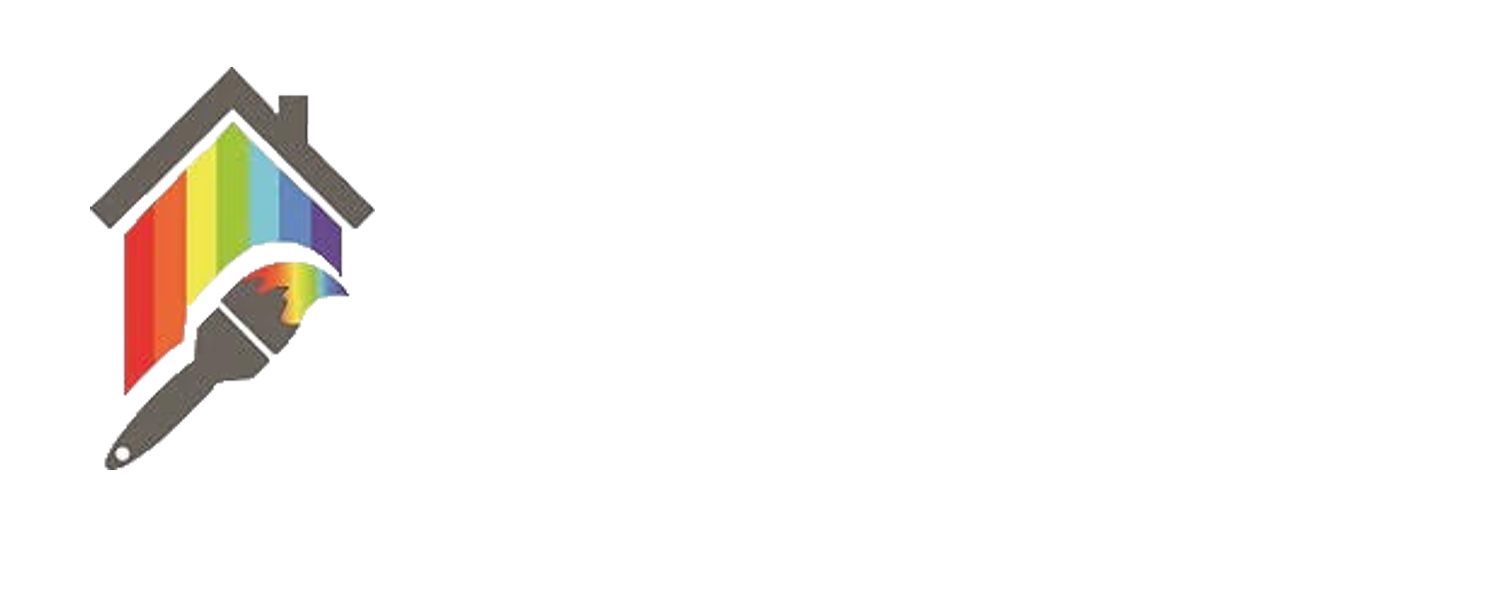Eco-Friendly Painting Best Practices
Do the 60 degree temperatures in the middle of January in Ohio freak you out a little bit? Maybe it’s just a small reminder that the earth is in our care and we need to be looking out for her. There are a lot of things that you can do in your home to be a little more eco-conscious, some more apparent than others. Maybe you never thought about the overarching effects of painting your home because it certainly doesn’t happen very often. However, when you think about how many home there are out there that need to be painted, it might seem a little more apparent that everyone doing their part to be eco-friendly in this one small area could add up to a bigger change.
So what does it mean to be eco-friendly when you’re painting? Well it means a couple of things. First of all, the type of paint you use plays a fairly significant role. Most paints contain something called VOCs, or volatile organic compounds. These are organic chemicals, either human-made or naturally occurring, that have a low boiling point and therefore a high vapor pressure causing them to evaporate into the air. While they are not specifically toxic, they do have compounding effects over time on health. When we use VOC paints in our homes, we are affecting our own environments are possibly damaging our long-term health. As we make advancements in the paint industry, we have learned how to create paints with both low VOCs and even some that are VOC-free. Similar to how we used lead-based paint for many, many years before we knew the health risks involved, we are constantly seeking to provide a product that will be good for us as people, as also good for the environment. There are some other types of paints that are not harmful, such as milk paints and paints made from natural minerals, plant dyes, and resins but your options are more limited with those.
Once you have selected a paint that you think will be eco-friendly and good for you space, the practice of painting becomes another issue. Most importantly, the disposal of leftover paint can have a big impact on the environment if not done properly. So, the first thing you should do is try to get as close as possible to the exact right amount of paint that you will purchase so as not to have much, if any, left over. There are paint calculators to help you figure this out, as well as asking for help from the paint experts at the store you purchase from. The less waste you have, the less risk involved with the disposal.
Additionally, if you do have leftover paint, ideally you would save it to use again in the event that something needs to be touched up or fixed, or you have another project that you need paint for. In this case, storing the paint correctly is very important to keep it from going bad or from doing any damage. Store your leftover paint in a cool, dry place and keep it out of reach of any children who might be apt to get into it. Additionally, if you are storing the paint in a shed or somewhere that spills might be able to contaminate the earth, make sure your storage is secure and your cans are tightly closed.
If you do need or want to dispose of any leftover or unwanted paint, always consider first donating it to an organization like Habitat for Humanity or any other local community effort that might need paint for a project. If it can go to good use, then that is the best case scenario. If, however, you plan to dispose of it entirely, contact your community’s hazardous waste disposal system to see what the correct method is. If you have a very small amount of paint left in a can, you can leave the can out to dry completely before you put it in the trash. Also, when washing out brushes, it is important that you are not washing them outside and contaminating the ground with the paint waste. You should wash your brushes in a sink that has municipal sewage where they have the proper tools to treat the water with paint in it.
At PaintPositive, we follow the best eco-friendly painting processes to keep our operations environmentally friendly, both for your personal environment as well as for the earth as a whole. We reduce waste, follow proper disposal techniques, and use eco-friendly Sherwin Williams products. We are also EPA certified for removal of lead-based paint, which can be very harmful to the environment if not handled correctly. We want to help you take on your next paint project, so contact us today and let’s get to work!


